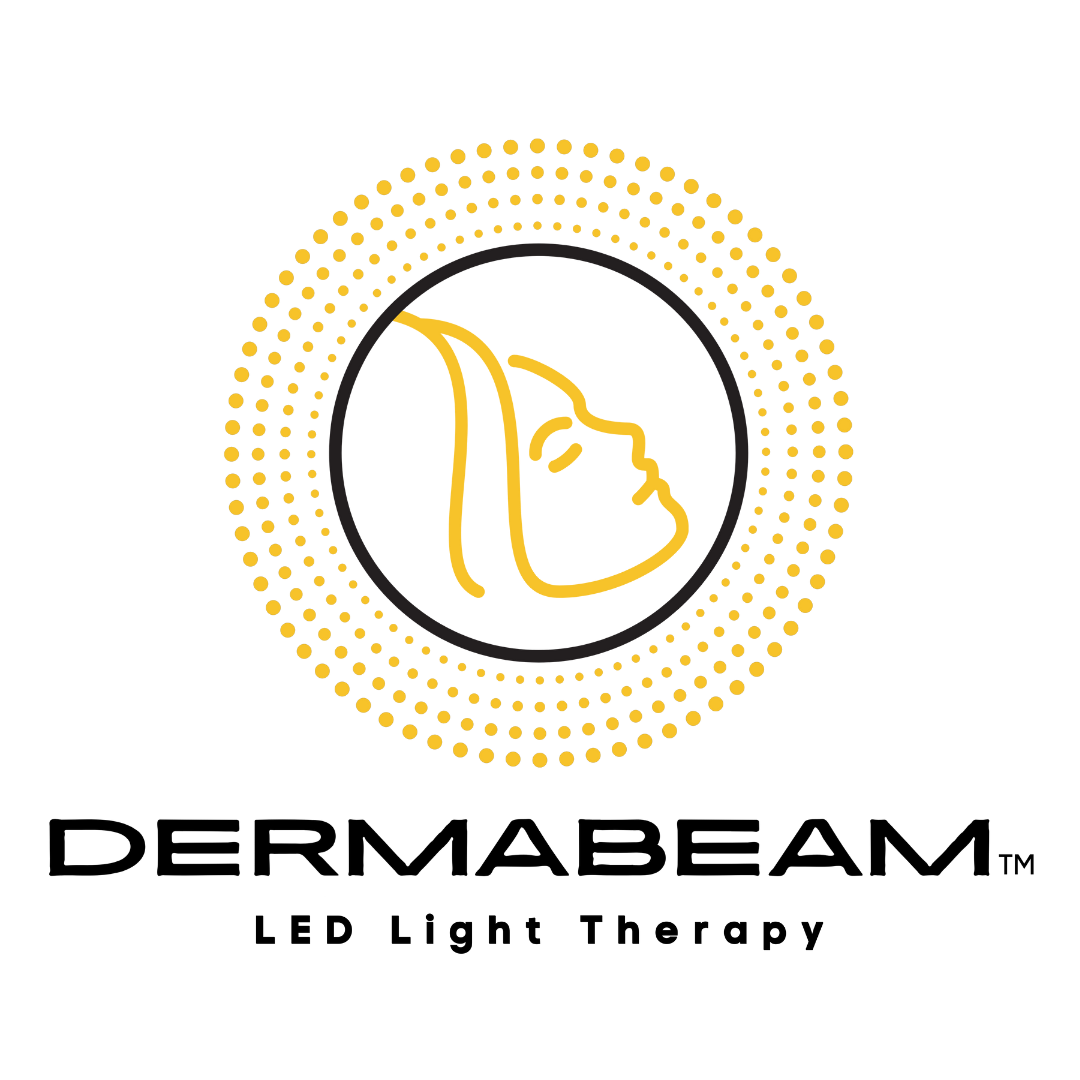Anxiety is a mental health condition that affects millions of people in the United States. While there are treatments for anxiety, one treatment that is growing in popularity is light therapy.
Light therapy involves exposing your eyes to bright lights for short periods of time. Most people find that light therapy helps them manage their anxiety symptoms.
If you are interested in trying light therapy, you can talk to a doctor to know the treatment procedure, or get a light therapy device at your home to try it out yourself.
What Is Anxiety?
Anxiety is a feeling of worry, unease, and fear that can range from mild to severe. It often occurs when we are facing uncertain or dangerous situations, such as an upcoming job interview or a challenging test. Anxiety can also be the result of stress or trauma. It can cause physical symptoms such as increased heart rate, sweating, and difficulty breathing.
It can also cause mental and emotional symptoms, such as feeling overwhelmed, fearful, or out of control. Everyone experiences anxiety differently and it is important to understand what causes your anxiety so that you can find ways to manage it.
There are many different types of anxiety disorders and they vary in severity. Generalized Anxiety Disorder (GAD) is the most common type of anxiety disorder and is characterized by excessive worrying about everyday events.
Panic Disorder causes sudden and intense episodes of fear that lead to physical symptoms such as chest pain, racing heart rate, difficulty breathing, and dizziness. Social Anxiety Disorder is an extreme fear of being judged or ridiculed in social situations.
Post-Traumatic Stress Disorder (PTSD) is an anxiety disorder that can be caused by a traumatic event such as a natural disaster or a violent attack.
Causes Of Anxiety
Anxiety can be caused by a range of factors, both in the environment and within ourselves. It is important to understand these causes so that we can work towards managing our anxiety levels.
Some common external causes of anxiety include stress at work or school, financial problems, difficult relationships with other people, physical health issues, and traumatic events. These external causes are usually able to be managed with help from family, friends, and professionals.
Internal causes of anxiety can be harder to deal with as they often stem from deeply ingrained thought patterns and beliefs. These internal causes may include perfectionism, self-criticism, fear of the unknown, or difficulty saying no. It is important to recognize the underlying causes of our anxiety in order to develop effective strategies for managing it.
Treatment Options For Anxiety
When it comes to treating anxiety, there are a variety of options available. The most common treatments include psychotherapy, medication, lifestyle changes, alternative therapies, and light therapy.
Psychotherapy can be an invaluable tool in managing anxiety symptoms by helping individuals gain insight into their feelings and develop better coping strategies.
Medication can also be prescribed by a doctor to help manage symptoms of an anxiety disorder. Antidepressants are the most commonly prescribed medications for anxiety, as they help to increase levels of serotonin, a brain chemical that affects mood.
Lifestyle changes such as exercise, diet, sleep hygiene, and stress management can also help reduce symptoms of anxiety. Regular physical activity releases endorphins, which can improve mood and reduce stress levels. Eating a healthy diet that includes plenty of fruits, vegetables, and whole grains can also help with overall mental health.
Alternative therapies such as yoga or acupuncture can also be used to help reduce symptoms of anxiety. These practices can provide relief from stress and help you find a sense of clarity and focus.
Light therapy is another effective treatment option for anxiety. Light therapy involves spending time in front of a light box that emits bright, artificial light to simulate the sun. This form of therapy has been found to be extremely beneficial and experts recommend this as one of the best treatment options for such conditions.
Light Therapy Treatment For Anxiety
Light therapy is an increasingly popular form of treatment for those struggling with anxiety. It involves exposing individuals to the natural light of day or a variety of artificial light sources, such as special lamps or bulbs. This type of therapy helps to improve moods and regulate the body’s circadian rhythm, allowing users to achieve better sleep cycles and overall sense of well-being.
Light therapy is typically used in combination with other therapies, such as cognitive behavioural therapy (CBT) and/or medication, to help treat symptoms of anxiety. Research has also shown that light therapy can be effective in decreasing the severity of depression and its associated symptoms, such as feelings of sadness, low energy levels, and difficulty concentrating.
Light therapy for anxiety works by manipulating exposure to light, and the body’s natural reaction to it. When exposed to bright light (natural or artificial), the pituitary gland in the brain secretes hormones that affect moods and behaviour. The most common type of light therapy involves using a light box or lamp with bright, white light that is graded to an intensity of 10,000 lux.
This type of therapy usually lasts anywhere from 20-60 minutes, and should be done at the same time each day for optimal results. Some people may need to adjust the duration or frequency of their sessions accordingly if they experience any side effects.

Light therapy has been found to be especially helpful for those suffering from seasonal affective disorder (SAD). Studies have shown that light therapy can reduce the symptoms of SAD and improve sleep, energy levels, and overall mood.
However, while it may provide relief in some cases, individuals with anxiety should consult their medical provider before trying light therapy to ensure that is an appropriate treatment option. A medical professional can also help determine the most effective intensity, duration, and frequency of sessions.
Light therapy is a safe and non-invasive form of treatment that can be beneficial in helping to reduce symptoms of anxiety as part of an overall treatment plan. There are no side effects associated with light therapy and it is considered extremely safe for everyone. With proper guidance from a healthcare provider, this type of treatment can be an effective part of a comprehensive approach to managing anxiety.
Best Light Therapy Device For Anxiety
Light therapy is becoming a popular choice for treating anxiety as it has no side effects, is non-invasive, and can be used in the privacy and comfort of your own home.
Light therapy has been clinically proven to help reduce the symptoms of anxiety, including a decrease in stress levels, better sleep, and improved mood. Light therapy devices emit a bright light which mimics natural sunlight, tricking your brain into thinking it is daytime even when you are indoors.
To get the best light therapy device for treating anxiety, choose Dermabeam. Their LED Light Therapy Devices are proven to promote positive well-being, improve mood and energy levels, reduce stress and anxiety, and encourage healthy sleep patterns.
It features a low-glare output and adjustable light intensity settings so you can find the perfect level that works for you. Dermabeam has one of the best light therapy devices out there on the market for both the face & body. Visit Dermabeam products to know more.





